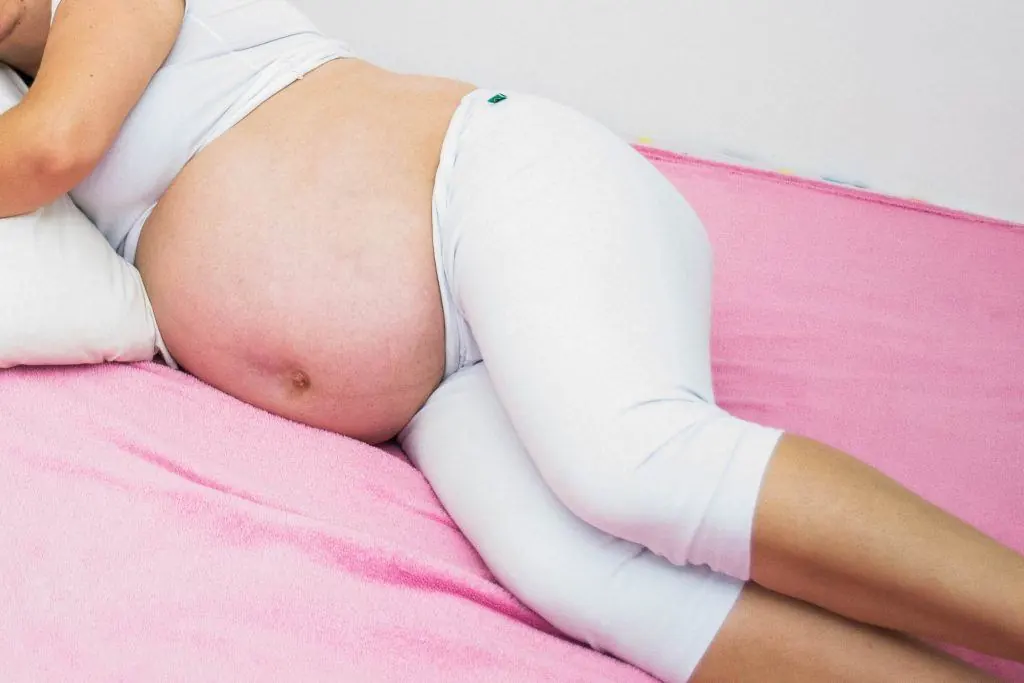Pelvic Fractures and Pregnancy
I’m Ed Smith, a personal injury lawyer in Sacramento. The pelvis plays a critical role in the body yet it is often overlooked. While vital organs such as the heart and the lungs receive a lot of attention, the pelvis also serves several vital functions. Among these are:
- Pregnancy: In women, the pelvis is home to the uterus. The uterus houses the fertilized embryo and helps an unborn child develop during pregnancy.
- Bladder: The bones of the pelvis also protect the bladder. Damage to the bladder can lead to lack of control or retention.
- Mobility: The tops of the femur join with the torso via the acetabulum. This is another term for the hip sockets, which are located on the right and left sides of the pelvis.
- Intestines: The large intestine and colon terminate in the pelvis. Damage to the pelvis could lead to loss of these critical structures, causing bowel issues.
Even though pelvis fractures are less common than fractures of the radius and ulna, they are no less critical. According to one research study, pelvic fractures are sustained at a rate of about 25 per 100,000 people. However, these serious injuries can also lead to severe complications. Some of these include:
- Acute Respiratory Distress Syndrome.
- Shock, including hypotension and tachycardia.
- Infection, possibly leading to sepsis.
Pelvic Fractures During Pregnancy
Another often overlooked problem is the impact that these injuries can have on pregnancy. A recent research study looked at these impacts. While pelvic fractures can be devastating in anyone, they are even more important in someone who is pregnant. Because the uterus swells to a significantly larger size during pregnancy, it is more likely to be impacted by a pelvic injury. One of the questions is whether or not a child can still be delivered vaginally following a pelvic fracture. The physician will have to analyze whether or not the anatomy of the delivery has been altered by the injury. If there is any risk to the mother or the child, the physician may elect to perform a C-section instead of risking a vaginal delivery and the potential for serious complications, such as bleeding. Furthermore, the doctor will also have to consider the impacts of future pregnancy. Based on the study, damage to the uterus from the fractures could make it difficult for a future embryo to implant in the uterus successfully.
Treatment Options for Pelvic Fractures
When someone sustains a bone fracture, one of the questions is whether or not that individual should head to surgery. Based on the results of the study, three factors play a significant role in this decision. They are:
Open Disruption: If a piece of the bone is protruding through the skin, it needs to be reduced immediately. Failure to do so could lead to severe infection and, possibly, fatal bleeding.
A Degree of Displacement: The physicians will also want to know about the anatomic location of the bone. How far out of place is the bone from its proper position? The farther out of place the bone is, the more likely it is that surgery will be required to fix the injury.
Disability: The last factor is the clinical picture. Does the injury look like it is causing severe mobility problems? The higher the impact on mobility, the more likely it is that surgery will be required.
Related Articles
Sacramento Personal Injury Lawyers
I’m Ed Smith, a personal injury lawyer in Sacramento. If you or someone you know has suffered injuries while pregnant, call me at (916) 921-6400 or (800) 404-5400. I would be happy to share some friendly, free advice.
I am a proud member of the Million Dollar Advocates Forum.
My guests could look through our verdicts or settlements at this site.
Visitors are welcome to look at Google, Avvo and Yelp to see reviews compiled by past clients.
Photo by Jonas Kakaroto on Unsplash
:dr cha [cs 669] cv

